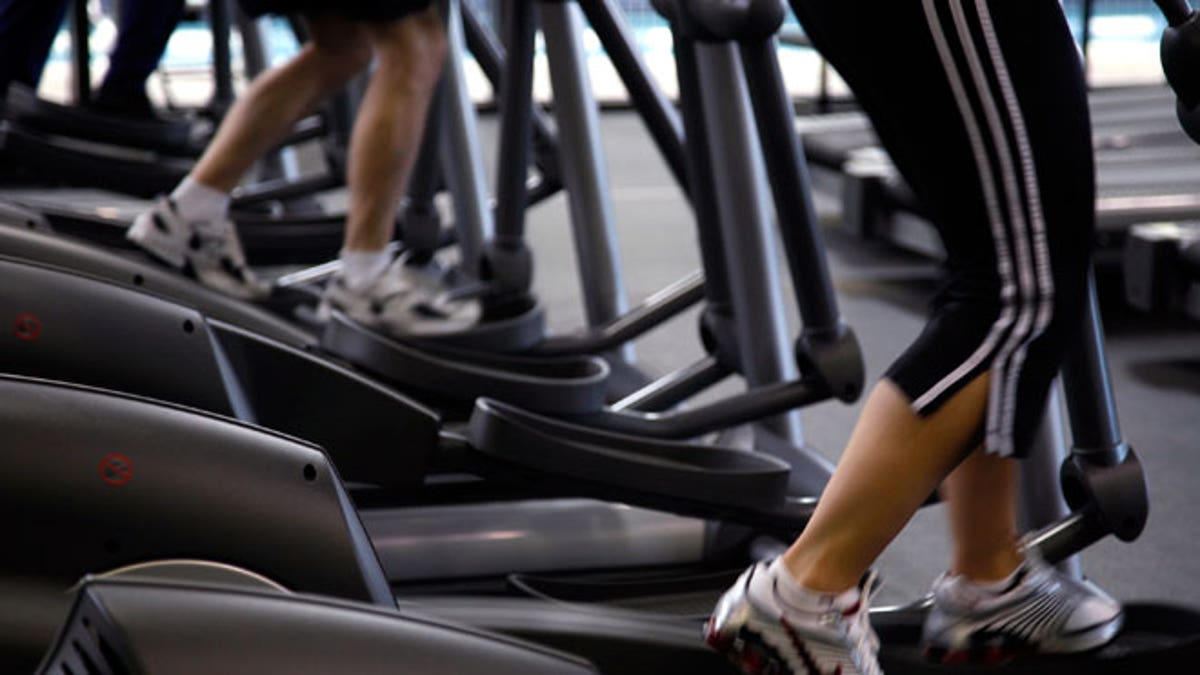
Intensity matters when exercising. Either you wear a heart rate monitor when doing the elliptical or follow a rated of perceived of exertion through a scale one to 10 to gauge how hard your heart works. No matter how you check on the intensity, common sense tells you that the harder you work, the fitter that you should be.
Certainly, the principle of specificity suggests that training at levels, which results in high catecholamine, lactate and temperature (such as high intensity training) increases as the training adapts to these stressors. Throughout the time the metabolic response to exercise stressors will be lower which will allow you to perform more work with less effort, with the end result: a fitter you!
However, a fitter you don’t mean a healthier you. When exercising, as important as it is to make your heart rate goes up, it is to make it go down at the right time. How fast your heart rate recovers will not just help you to work harder but also to evaluate how healthy you are.
Will you live longer?
In a study where 2,370 participants were evaluated over a 20 years period to examine the relationship between heart rate recovery (HRR) and the increase in mortality, shows that even though HRR declines with aging, “the odds of having a slow HRR in early middle age is significant associated with traditional cardiovascular risk factors,” as stated in the Medicine & Science in Sports & Exercise journal.
According to Richard Lopez, Ph.D., professor in Exercise Sciences at Florida International University, “Heart rate recovery, or the amount of time required before the exercise heart rate returns to a predetermined level is inversely correlated to one’s aerobic capacity.”
Therefore, the quicker one’s exercise heart rate returns to a predetermined level, the fitter one is. A fit individual is able to recover more quickly than an unfit individual because a given level of work is less physiologically stressful for the fit individual than the unfit individual, explains Lopez.
Test yourself
At a given level of work, the fit individual will have a lower level of catecholamines, lactate and other exercise metabolites as well as a lower body temperature than an unfit individual. These physiological markers not only indicate relative stress but they will also elevate the post-exercise heart rate.
So, how should your measure your heart rate recovery?
Lopez says that the most common test procedure is to first record the resting heart rate. Then, one would walk at 3 mph at a 0 percent grade for five minutes. Thirty seconds after you completed the five minute walk, measure the heart rate. The smaller the difference between the resting heart rate and the 30-second post-exercise heart rate, which implies a faster recovery, the fitter one is.
Smart training
Definitely, exercising is the way to go when improving this number is the goal. But, not all workouts are the same.
In a study published in The Journal of Strength and Conditioning Research, subjects who were submitted to a just six sessions of high-intensity interval training significantly improved cardiovascular function, cardio-respiratory fitness, and muscular endurance.
“If a person has a good aerobic base I believe that the best type of workout to improve the heart rate recovery rate incorporates high intensity interval training,” says Lopez.
Assuming that the person is fit enough to train above the lactate threshold (the point where the lactate builds up faster than the body can remove), the body can’t keep up unless the intensity diminishes. Usually, this is between 50 to 80 percent of someone’s VO2 max, performed 30s at above lactate threshold, followed by up to one to one minute and half of recovery (typically, the work to rest ratio for this intensity work is 1:2 to 1:3) Do a proper warm-up and cool down. Perform as many as intervals you can in a no longer than 30-minute total workout.
